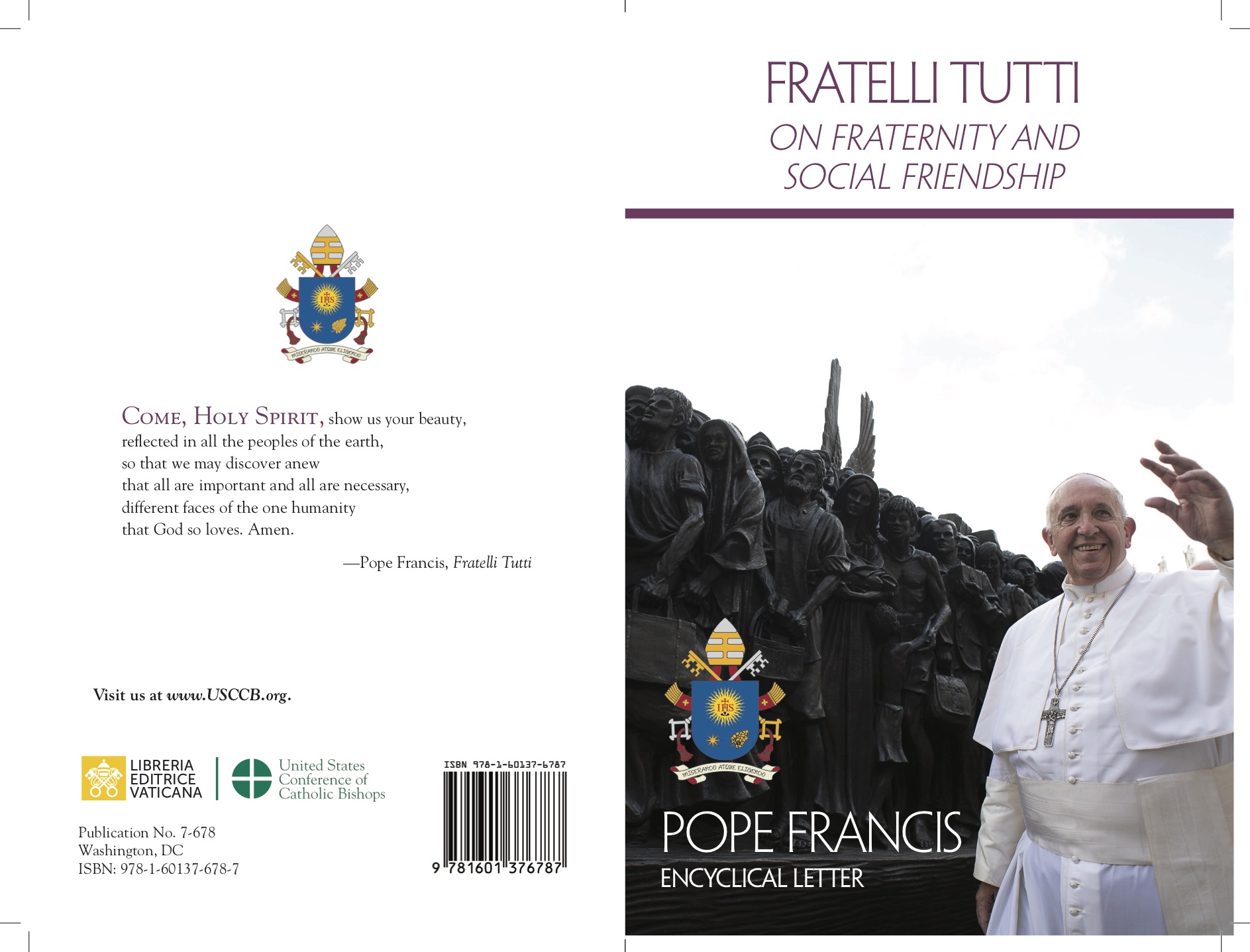
Today (17 September) marks the 85th anniversary of the Soviet Union’s invasion of Poland, which since 1 September 1939 had been engaged in an unequal struggle against Nazi Germany’s aggression. On 28 September, while the fighting was still going on, the two countries signed the German-Soviet Border and Friendship Treaty, an Agreement that finalized the partition of the entire territory of Poland. The military defeat of Poland, however, did not put an end to its existence as a state, even though the aggressors declared the end of its existence. While the worldwide conflict was raging, a Polish Government was established in exile, which ensured the country’s constitutional continuity.
The new government — headed by Prime Minister General Władysław Sikorski —, who initially resided in France and, after its invasion, in Great Britain, was recognized by all the countries of the world (including the Holy See), with the exception, of course, of Germany’s allies. In exile, subordinate units of the Polish Army (including the Navy and Air Force) were formed to fight in the battles in Africa and Western Europe.
The loss of independence and the war crimes committed by both aggressors provoked the spontaneous resistance of the people of Poland, which led to the creation, shortly after the cessation of military operations on Polish soil, of several hundred underground military and political organizations. The Commander-in-Chief of the Polish Armed Forces, General Sikorski, decided to institute the Union of Armed Struggle (Związek Walki Zbrojnej), which in 1942 was renamed the Home Army (Armia Krajowa — AK). This was part of the Polish Army which operated in the occupied territory. By the end of 1940, a system of clandestine political authority had been formed, headed by the government delegate for Poland and the civil administrative structure subordinate to him, which basically covered the entire territory of occupied Poland. The main Polish political parties also operated in secret, forming an advisory body for underground authorities in the form of a Political Consultative Committee that, in 1944, became the Council of National Unity. The Polish Underground State was thus established, with all the attributes of an independent state: civil authorities, army and legal structure.
The resistance against the occupying forces took place in very difficult conditions due to the repression applied by both the aggressors. The invaders’ policy was chiefly based on, and aimed at, eliminating the Polish State and all its structures. The territories under German occupation, which covered approximately 48 percent of pre-war Poland, were divided into two parts. One part, which included the regions of Pomerania, Silesia, Greater Poland, the territory of Łódź and a part of Mazovia (about 94,000 square kilometers), was directly incorporated into Germany, while the rest of Poland (about 95,000 square kms) was administered as a General Government under German authority, with its capital in Kraków. Its head was the Minister of Justice of the Third Reich, Hans Frank.
The land incorporated into the Reich was subject to intense Germanization. Representatives of the Polish elite were assassinated and a brutal deportation of Poles started from other parts of the country to the General Government. The repression also concerned the ecclesiastical administration in the area incorporated into the Reich. Polish bishops were removed, the convents closed, Polish Catholic Organizations were suppressed, a great number of churches (1,720) were closed, some (240) were demolished, while those that remained open, celebrated Holy Mass in German. The Polish Catholic Clergy was subjected to persecution as they were believed to represent an important point of reference for Polish aspirations for independence.
Many priests and monks were killed and a large number of ecclesiastics from the area incorporated into the Reich were sent to Concentration Camps. Thus, during the war, 49 percent of the priests of the Diocese of Włocławek were assassinated, 47 percent of the Diocese of Chełmno, 36 percent of the Archdiocese of Gniezno. Six Bishops were sent to Concentration Camps, five of whom died there. In 1999, 108 Polish priests, killed during the war, were beatified by Pope John Paul ii , considered to be martyrs for the faith.
The General Government, administered by the Germans, to whom the Polish officials were subordinate, was subjected to severe economic exploitation: industry, communications and agriculture were under the German authorities and worked to the benefit of the Reich’s economy. Food Rationing was introduced, with starvation rations. Starting in 1940, able-bodied people capable of working began to be deported from the General Government to Germany to work as forced labourers. This involved about three million people. The German terror at the General Government was apparent right from the start of the occupation, and its most notorious expression was the systematic execution of Polish intellectuals which started in mid-1940. The victims were tens of thousands of representatives of the Polish elite, politicians, social, cultural and economic activists. In the Spring of 1940, in order to systematically intimidate and exterminate the residents, the General Government gradually set up a network of Concentration Camps on Polish territory, among which Auschwitz and Majdanek stand out.
In regard to the Poles, the German policy aimed to create, on the ethnic Polish territory, a base of forced labour for Germany. Therefore there was no need to provide education to the Poles above the primary and professional levels. All universities and secondary schools were closed. The reaction to this situation was to organize instruction underground, initially at the grassroots, but later coordinated by the Government Delegation, at the primary, secondary and higher levels. All the universities and Polish polytechnics functioned underground.
From the beginning of the occupation of Poland, apart from the action against the population of Poland, the Germans began to discriminate against the Jewish population and persecute them by gradually confining them to ghettos, depriving them of their private property and forcing them into hard labour for the Reich. At the end of 1941, when the German Authorities decided to exterminate the Jews of occupied Europe, the Polish territory became the arena of the mass extermination of Jews, both Polish and from Western Europe. The resistance of the Jews, who were being systematically exterminated, took the shape of an armed uprising in some ghettos, the largest and most notorious of which was Warsaw Uprising (19 April - 16 May 1943), which ended with the killing of the majority of the residents.
Helping the Jews who were being systematically persecuted and murdered, and Jews who had managed to escape from the ghettos and from vehicles going to the places of extermination, was extremely difficult due to the death penalty for anyone who helped the Jewish population, as well as the poor assimilation of Jews by Polish society. Nevertheless, help was offered, both by private individuals and by the resilient organs of the Polish underground state, within which the Konrad Żegota Committee, a Polish Council for helping Jews, was established. The number of over 7,200 people, who were awarded the title of “Righteous Among the Nations”, testifies to the Poles’ commitment to save Jews, and this figure is constantly being updated. One of the best known people who helped Jews was Irena Sendler, a social activist who headed the children’s department of the Konrad Żegota Committee. The group of people she organized, working closely with women’s convents, helped about 2,500 children, a good number of whom managed to survive the war. Ecclesiastical structures (including those of the Greek Catholic Church), especially the women’s orders, were involved in helping the Jews on a large scale. One of the nuns who stood out most in helping the Jews was Mother Matylda Getter, Superior of the Warsaw Province of the Congregation of the Franciscan Sisters of the Family of Mary.
The most well-known (though not isolated) case of death suffered for offering shelter to Jews in their home was that of the family of Józef and Wiktoria Ulma and their seven children, executed on 24 March 1944 by German police. The entire Ulma family was beatified in 2023 by Pope Francis.
The Polish territory under Soviet occupation was effectively incorporated into the Soviet Union while the Polish population was subjected to brutal repression: almost 400,000 Polish citizens were sent to do forced labour in the far east of the ussr . The worst manifestation of Soviet terror was the killing, in the Spring of 1940, in Katyń and other places, of nearly 22,000 prisoners of war and other prisoners who belonged to the country’s elite. Where many of them were murdered remains unknown to this day. The Catholic and Greek Catholic clergy were also victims of Soviet terror: convents were suppressed, churches and church buildings confiscated. Numerous priests and clergy were sent into exile, many were killed. Persecution and destruction also extended to the clergy and believers of the Autocephalous Orthodox Church as well as to the Jewish religious community and their property.
German terror against the Polish population, both in the General Government and in the territories incorporated into the Reich and in the occupied eastern territories, increased with the intensification of the German military effort and in response to the ever-growing resistance of the Poles to repression. The brutal deportation of Poles from the Zamość region, begun by the occupying forces at the end of 1942 to make room for German settlers, provoked the outbreak of armed resistance by Polish underground organizations. Their efforts and sacrifice prevented the full success of the German plans.
The climax of Polish resistance to the German occupation came in the summer of 1944, when, after the Red Army had crossed the pre-war Polish border, the Home Army began intensive military action. The largest armed uprising was the Warsaw Uprising, which began on 1 August 1944. Having received no support from the ussr or from the Western Allies, it failed after 63 days of fighting. At least 150,000 inhabitants of the million-strong capital died in the uprising, including 16,000 soldiers of the Home Army; the survivors were expelled from the looted city, razed to the ground. It is estimated, that as a result of the fighting and the deliberate destruction of the city after the uprising, 25 percent of the city’s buildings, about 90 percent of the factories and industrial equipment, 65 percent of the electric power plant network and 90 percent of the churches were destroyed. In January 1945, 45,000 wagons and several thousand lorries loaded with property belonging to private individuals and institutions were taken from the city to Germany.
The war resulted in the subjugation of Poland to the Soviet Union, with a steady introduction of the communist system in the country occupied by the Red Army, as well as the transfer of almost 48 percent of Polish territory to the ussr and the mass resettlement of the Polish population from the East to the German territories granted to Poland at the Potsdam Conference. As a result of the war, according to an incomplete estimate made to date, nearly six million Polish citizens died, including about three million Jews. Material losses were also enormous, both for the economy and for private property and cultural assets.
The Catholic Church in Poland also suffered enormous personal and material losses: six bishops, 1,934 priests (20 percent), 850 monks and 389 nuns died during the war. Material losses were also very great, both in the eastern territories lost by Poland and in central and western Poland.
In addition to the already mentioned 108 martyrs beatified in 1999, the Polish Church also honours Saint Maximilian Kolbe, a Franciscan friar killed in the Auschwitz concentration and extermination camp, and 11 Polish nuns of Nazareth killed by the Germans in Nowogródek in 1943 (beatified in 2000). The processes of raising the martyrs of World War ii to the honours of the altar are ongoing. In addition to the Ulma family of Markowa, Pope Francis has elevated to the honours of the altar Father Jan Franciszek Macha, killed by the Germans in 1942 (beatified in 2021) and the Elizabethan Sisters, including Maria Paschalis Jahn, murdered by Red Army soldiers in 1945 (beatified in 2022).
The victims of the Second World War and the human and material losses suffered during that period are still vibrant in the collective memory. On anniversaries like today’s, Poles return to remember these overwhelming events in Polish history, especially since there is perhaps no family in Poland on which this war has not left a profound mark.
* University of Warsaw
By Tadeusz Paweł Rutkowski*




 Purchase the Encyclical here Fratelli Tutti
Purchase the Encyclical here Fratelli Tutti